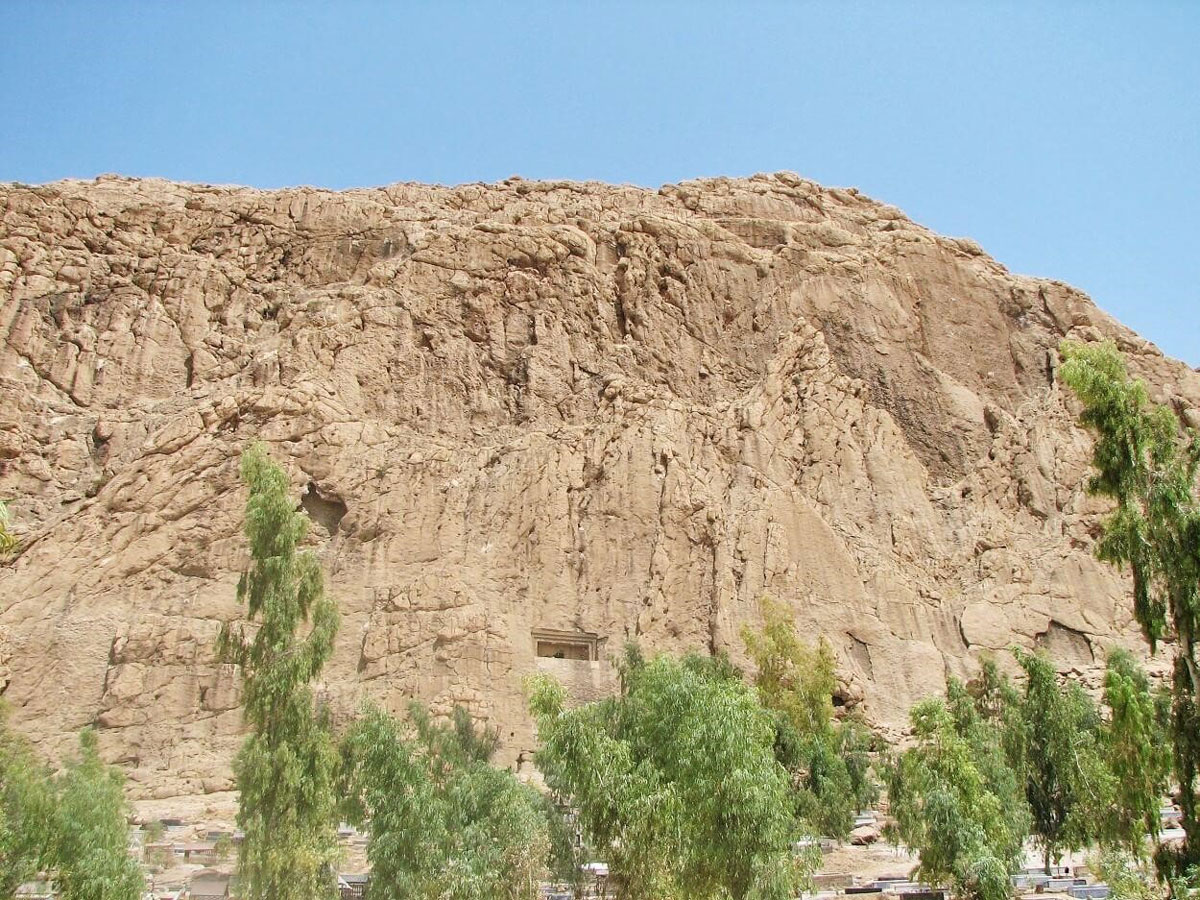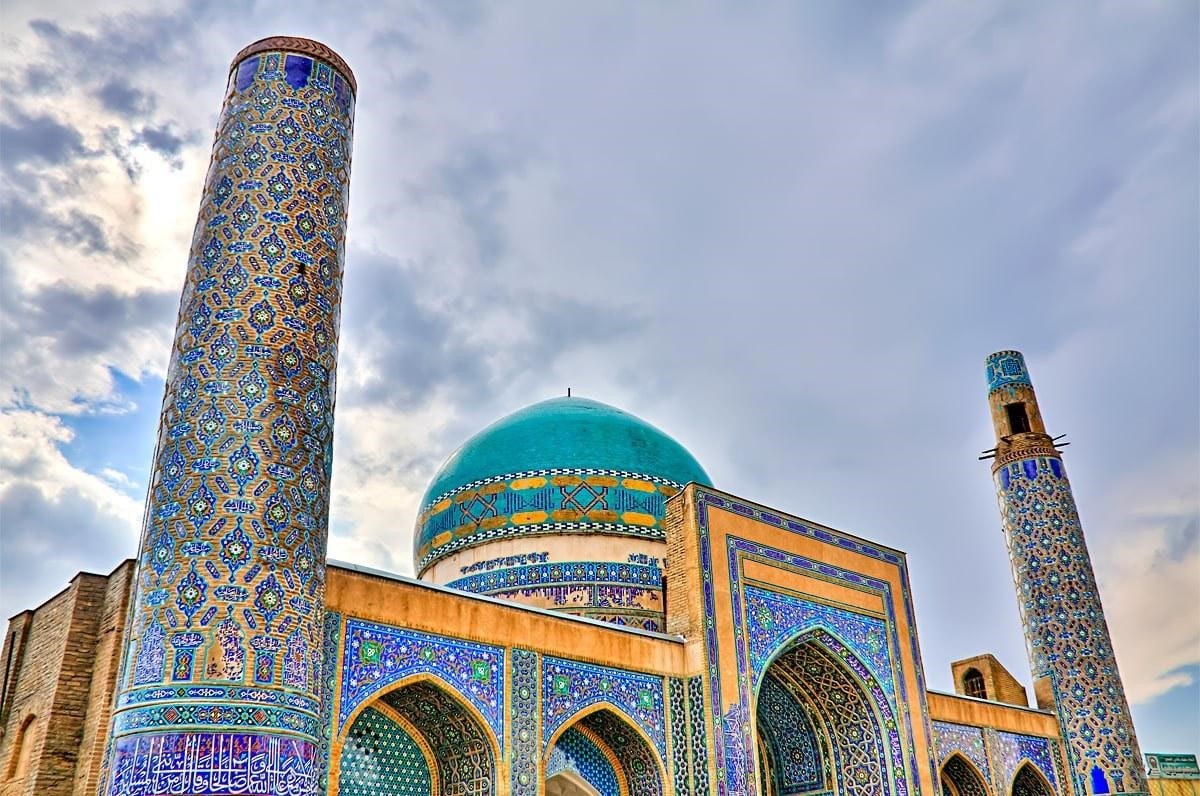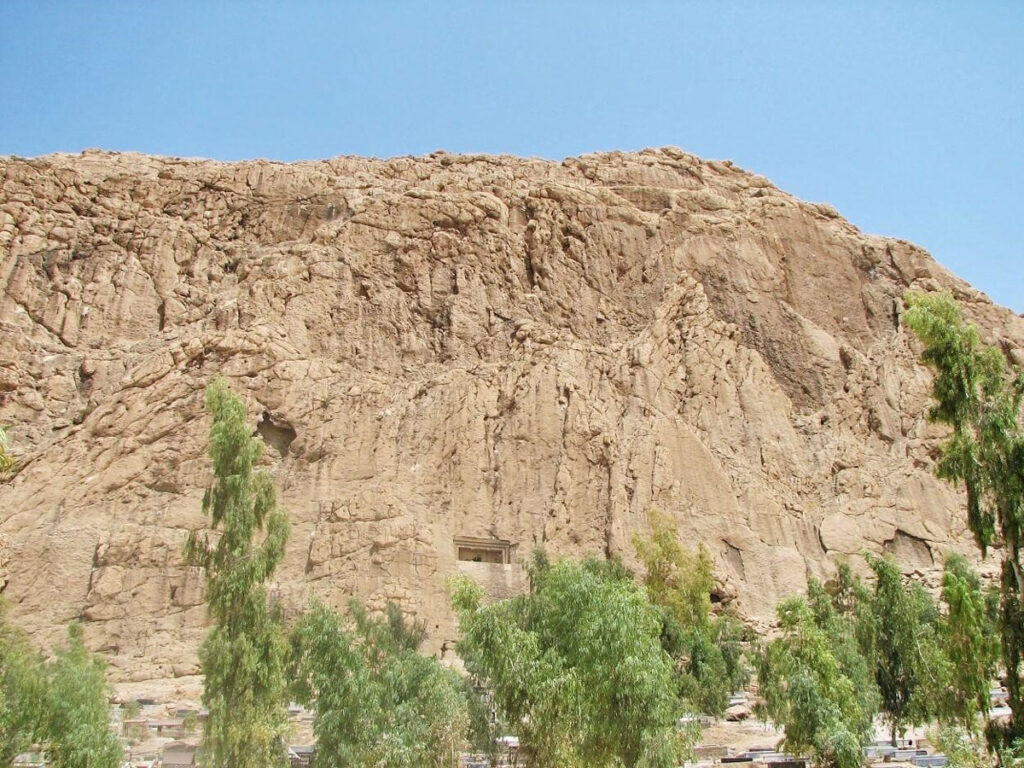
Kermanshah is one of the large cities of Iran and is known as a historical and cultural center. This city was considered one of the important cities of Persia in the pre-Islam era and was invaded by the Arab armies many times in the post-Islam era. Therefore, most of its historical monuments date back to the pre-Islamic period. An example of these historical sights is the Dokkan Davood Grave, which was registered on the National Heritage List of Iran in 1931 and is now one of the must-see Kermanshah Tourist Attractions.
This rock-cut tomb is located three kilometers southeast of Sarpol-e Zahab city and Kal Davud village. This attraction is known among the locals as Kah Le Davud or Dokkan Davood.
History of Dokkan Davood Grave Rock-Cut Tomb
There are conflicting records about the history of this monument. Some attribute it to the Medes Empire and believe that it was built during the rule of the last king of the Medes (Ishtovigo or Astyages). However, recent findings indicate that the Dokkan Davood Grave dates back to the Achaemenid period. Also, the relief carved on a stone near the grave is attributed to the Seleucid period.
Since the tombs of all the Achaemenid kings are located in Persepolis, this tomb is believed to belong to Dahhak or Astyages, Cyrus’ maternal grandfather. The locals claim that there is a figure of the grandson of Zahhak, who is praying for his grandfather beneath the rock-cut tomb.
The Difference Between a Goor-Dakhmeh (Rock-Cut Tomb) and a Dakhmeh
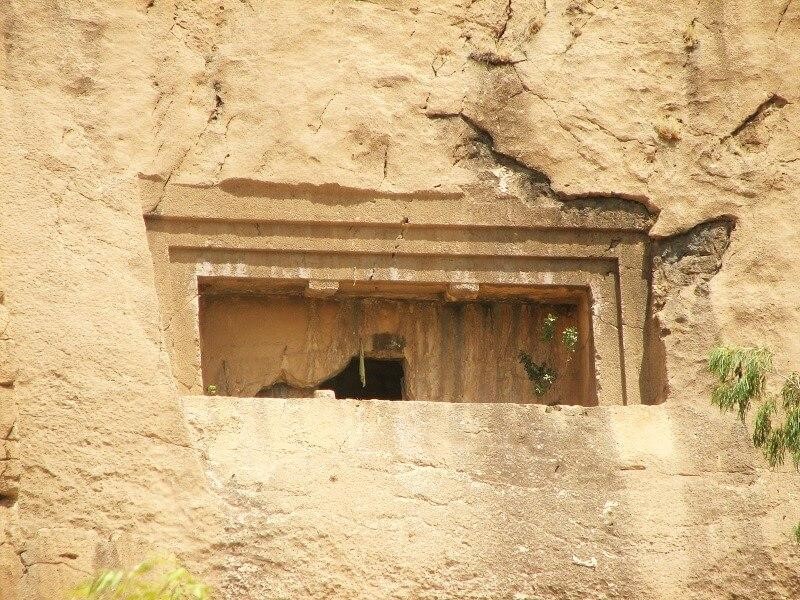
Sometimes, we may use the two Persian words Dakhmeh and Goor Dakhmeh interchangeably, but the two are different. Goor Dakhmeh are rock-cut tombs built in the heart of mountains and rocks and are used to bury the dead. The Dakhmeh is a place on top of the mountain meant to place dead bodies to be consumed by carrion birds.
In addition to that, sometimes in the vernacular phrasing, Goor Dakhmeh is considered a synonym for Istudan (Ossuary). It should be noted that the Istudan is the place to safeguard the bones of the deceased after the meat is consumed by carrion birds, and it is smaller and has a simpler appearance compared to the Goor Dakhmeh. Goor Dakhmas are catacombs that contain one or more graves. While Isudan is a hole in the middle of the rock to place the bones of the deceased.
Features of Dokkan Davood Grave
This rock-cut tomb was constructed inside a rock and is 12 meters above the ground. Therefore, it is difficult or almost impossible to access. There is a tomb at the bottom of the rock where bodies from two thousand years ago are buried.
Interestingly, inside the tomb, there are ledges for placing religious offerings. There is also an oval-shaped grave in the vicinity of these ledges. The roof of the tomb is also built in the form of an arch.
Dokkan Davood Grave is similar to the large Darband tomb in Sahneh city in Kermanshah province due to having an Iwan with a flat roof in front and back of the tomb. The length of this Iwan is 9.6 meters in front and 7.32 meters in the backside. Its width and height are 1.95 and 2.6 meters respectively. The perimeter of this Iwan is decorated with frameworks.
Dokkan Davood Grave has an entrance in the front, where the remains of two columns can be seen on two sides. Over time and due to natural disasters, the shaft of the columns has been destroyed and only the square bases and capitals remain.
There is another entrance in the rear wall of the Iwan, which is 1.5 meters high and one meter wide. This entrance leads to a room with a length of 2.83, width of 2.31, and height of 2.1 meters. There are 5 ledges on the walls, where the religious offerings were placed. The ceiling of this room is crescent-shaped, unlike the ceiling of the Iwan. On the left side of the room, there is an oval-shaped grave with a depth of 70 cm.
There is a relief in the form of a rectangular frame 8 meters from the grave site. The frame features the side profile of a standing figure. This figure is wearing a long robe and has raised one hand in prayer. His other hand holds a Barsami (cut branch of a tree), which was used in religious ceremonies.
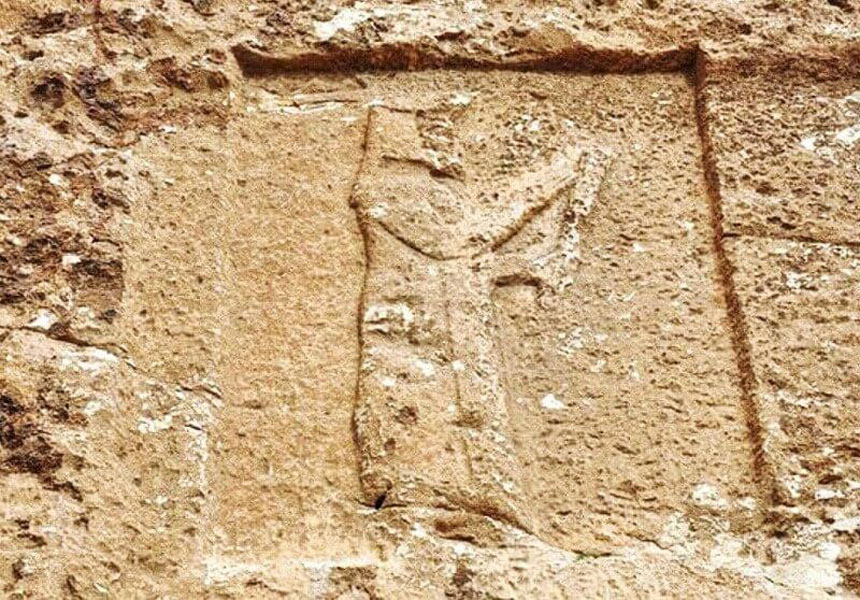
Visit This Ancient Grave in Kermanshah
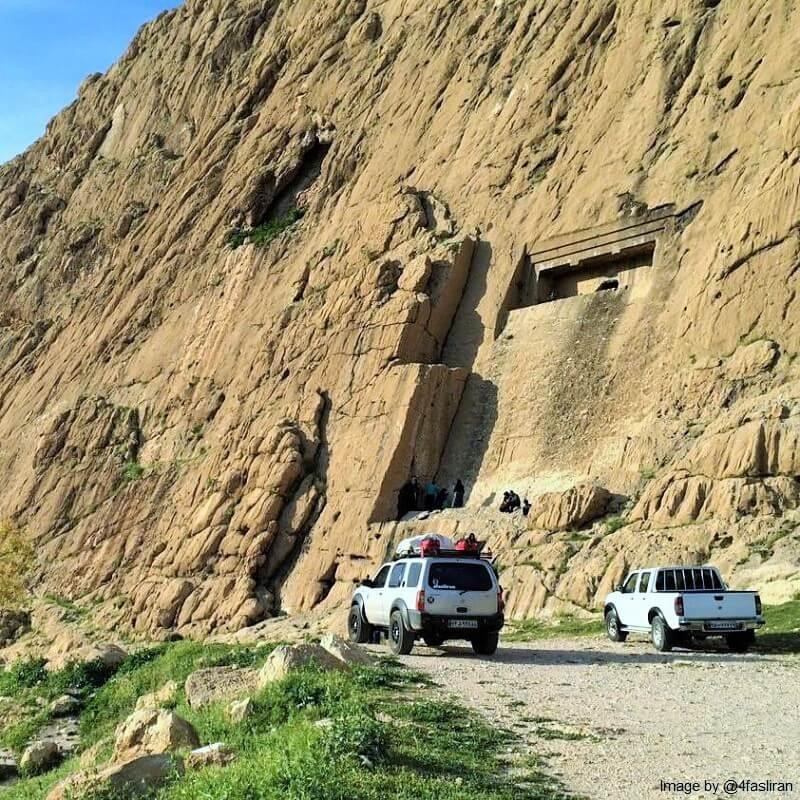
The city of Kermanshah is one of Iran’s most-visited tourist destinations due to its valuable historical monuments. Dokkan Davood Grave is one of the pre-Islamic monuments that attracts domestic and foreign tourists interested in the history and architecture of ancient Iran.
If you travel to Kermanshah on an Iran tour package or personally, do not miss visiting this attraction. Destination Iran invites you to visit the Dokkan Davood Grave along with other Kermanshah tourist attractions.
Where is Dokkan Davood Grave?
Dokkan Davood Grave is located in Kermanshah province and Kal Davud village, in Sarpol-e Zahab city. This ancient tomb is about 100 meters off the Kermanshah-Sarpole Zahab road and is located at the beginning of Anzal Road.
Frequently Asked Questions About Dokkan Davood Grave
To find answers to your other questions, you can contact us through the comments section of this post. We will answer your questions as soon as possible.
What is a Goor Dakhmeh (Rock-cut Tomb)?
Goor Dakhmeh is a burial site dug in the mountains and hills in ancient times. The tombs were built to accommodate enough space for sitting, holding ceremonies, and placing religious offerings.
How old is the Dokkan Davood Grave?
There are different opinions about this. According to some, it belongs to the period of the Medes Empire. Others believe that the crypt remains from the Achaemenid period. Also, the rock relief at the bottom of this grave dates back to the Seleucid period.
What is the difference between a Dakhmeh and a Goor Dakhmeh?
Sometimes these two words are used interchangeably. Dakhmeh or Dakhma were sites on top of the mountain where bodies were left so carrion birds would pick the flesh off the bones; While Goor Dakhmeh (rock-cut tombs) were burial sites containing graves.
Is the architecture of Dokkan Davood Grave similar to other tombs in Kermanshah province?
Due to having an Iwan with a flat roof in front and back of the tomb, the tomb of Dokkan Davood is similar to the large tomb of “Darband” in “Sahneh” city in Kermanshah province.






